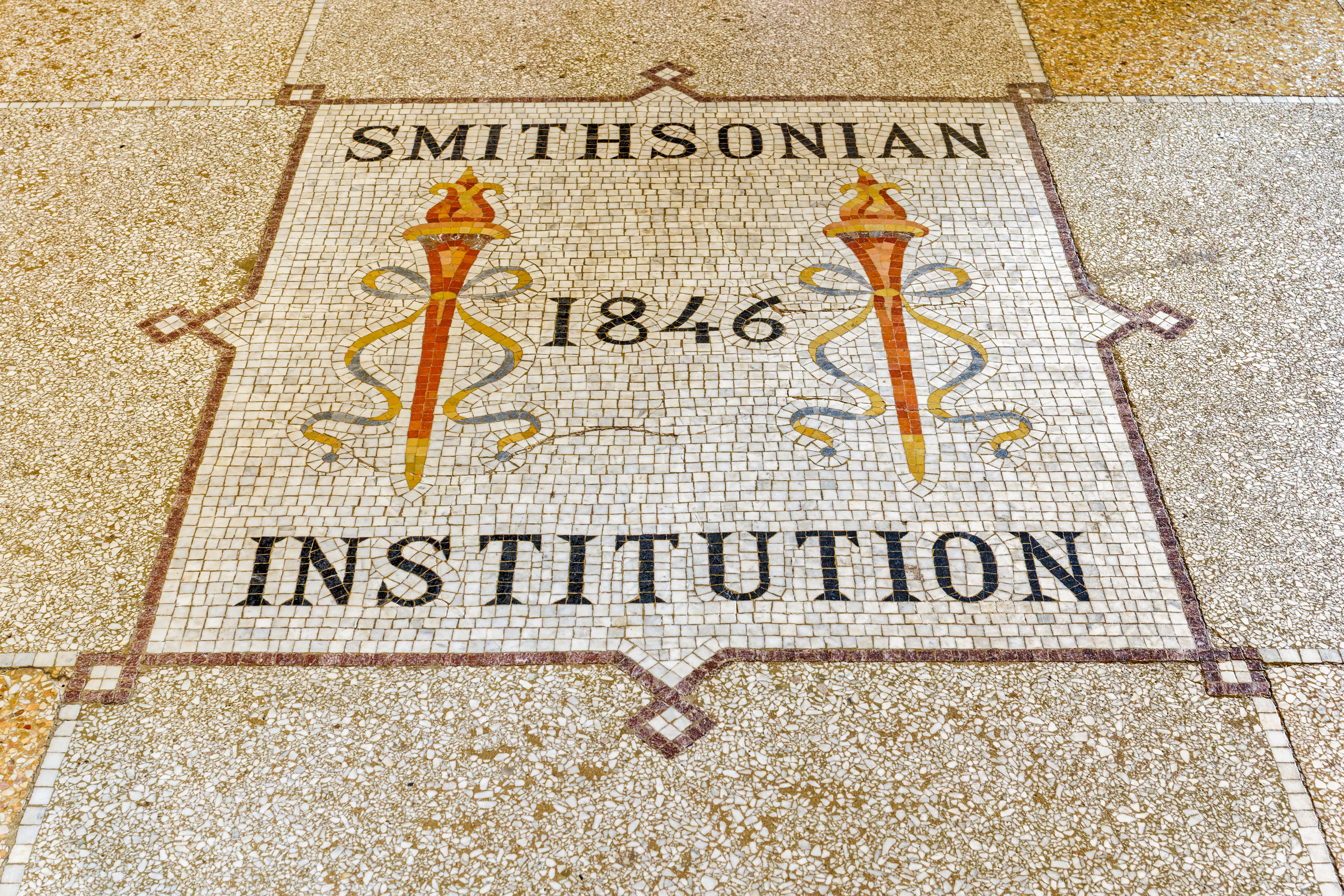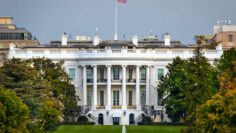
Always assume the worst? Examining Trump’s statements on Smithsonian exhibits
Op-ed | By Easton Martin | August 20, 2025
President Donald Trump has called for a sweeping review of the Smithsonian Institution’s exhibits, saying the museums place too much emphasis on slavery and negative portrayals of America while failing to highlight the nation’s achievements.
In a series of Truth Social posts, Trump said the Smithsonian has become “out of control,” describing the displays as overly focused on “how horrible our Country is, how bad Slavery was, and how unaccomplished the downtrodden have been.” He added that the museums need to balance their content by including “more about success, more about brightness, and more about the future.”
Many on the left quickly attacked the President’s remarks. Some critics twisted his statement to imply he suggested slavery had positive aspects, which he never said. Internet personality Harry Sisson wrote on X: “Slavery was bad. Apparently, this statement now triggers Trump and his fans.”
Harry’s quip illustrates how the left often misinterprets and assumes the worst possible meaning from Trump’s words. Let’s be clear—no one is saying that slavery was not bad, least of all the President. His point was that the Smithsonian should not define America primarily by its darkest chapters. While the evils of slavery must be remembered, America’s story also includes remarkable triumphs and progress that deserve attention.
So what are Trump’s real intentions with the Smithsonian reforms? Earlier this year, he signed an executive order directing federally funded cultural institutions to restore what he called “truth and sanity” to American history. That order required museums, including the Smithsonian, to review their content and remove material deemed divisive or unnecessarily negative.
On August 12, the White House sent a formal letter to Smithsonian Secretary Lonnie G. Bunch III, requiring a 120-day review of exhibits, digital displays, and educational programs. The administration wants the Smithsonian to ensure its presentations emphasize American exceptionalism, unity, and forward-looking values.
Trump pointed to changes already being made in universities and cultural programs nationwide, saying the Smithsonian should undergo a similar reset. His message is clear: America’s story must include its hardships but should not be defined by them. Instead, the nation’s cultural institutions should highlight the strength, progress, and bright future of the United States.




























